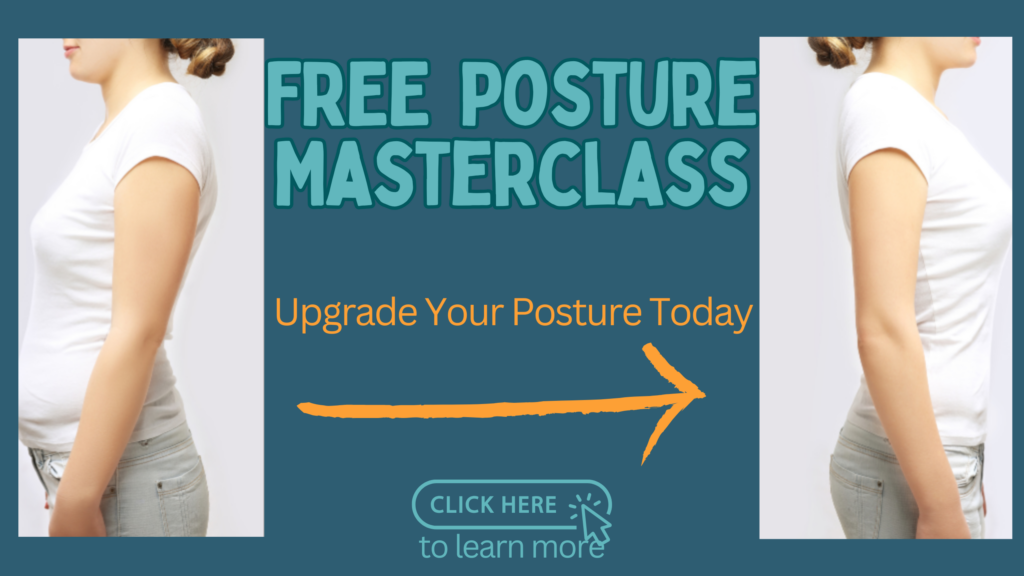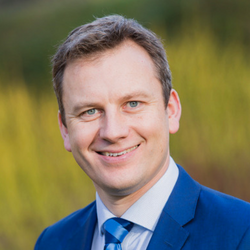Introduction
Walking gives us the freedom to move independently, but for those with mobility challenges, even simple movements can feel overwhelming. Thankfully, walking aids such as sticks, crutches, and walking frames can provide essential support, helping to restore confidence and independence.
In this blog, we’ll explore when to use each type of walking aid, their pros and cons, and how to choose the right option based on your needs.
Walking Sticks (Canes) – Lightweight Support
Walking sticks, or canes, are a popular and simple walking aid that provide extra stability by redistributing weight away from an injured or weak leg. They come in different styles:
- Standard Canes – Single tip, ideal for mild balance issues.
- Quad Canes – Four tips for extra stability.
- Offset Canes – Ergonomic handle for better grip and wrist support.
Pros:
✔ Lightweight & Portable – Easy to carry and use.
✔ Good for Mild Balance Issues – Offers just enough support for those who need minimal assistance.
✔ Customisable – Can be fitted with ice tips, wrist straps, or ergonomic grips for added safety.
Cons:
✖ Limited Support – Not ideal for those with significant mobility challenges.
✖ May Cause Muscle Imbalances – Using a single stick can lead to overuse of one side. Consider using two sticks for more balanced support.
Best for: Those with mild balance issues, joint pain, or recovering from minor injuries.
Learn More About Sticks
How to Walk with a Stick (or Cane): A Complete Guide
Which Should I Use, Walking Poles or Sticks (Cane)?
Crutches – More Support for Injuries & Disabilities
Crutches offer greater stability than sticks by transferring weight from the legs to the upper body. There are two main types:
- Underarm Crutches – Rarely used today due to risk of nerve damage under the arms.
- Forearm (Elbow) Crutches – The recommended choice, providing better control and comfort.
Pros:
✔ Increased Stability & Weight Support – Ideal for injuries and post-surgery recovery.
✔ More Natural Gait Pattern – Helps maintain better movement mechanics.
✔ Even Weight Distribution – Forearm crutches reduce strain on wrists and shoulders.
Cons:
✖ Requires Upper Body Strength – Can be tiring for those with weak arms or shoulders.
✖ Awkward to Use – Some people find forearm crutches tricky to get on and off.
✖ Less Convenient in Small Spaces – Harder to navigate in tight or cluttered areas.
Best for: Those recovering from leg injuries, surgery, or with long-term mobility conditions.
Learn More About Crutches
Walking Frames – Maximum Stability & Support
Walking frames (also known as Zimmer frames or walkers) offer the highest level of stability, making them ideal for those with severe mobility issues or recovering from major surgery.
Some frames come with wheels, seats, or brakes, making them even more versatile for indoor and outdoor use.
Pros:
✔ Excellent Stability – Reduces the risk of falls.
✔ High Weight-Bearing Capacity – Supports various mobility levels.
✔ Customisable – Can include wheels, seats, or brakes for extra convenience.
Cons:
✖ Bulky & Less Portable – Harder to transport compared to sticks or crutches.
✖ Limited Manoeuvrability – Needs more space to navigate in tight areas.
✖ May Alter Walking Pattern – Some users struggle with maintaining a natural stride.
Best for: Those with severe mobility impairments, neurological conditions, or recovering from major surgery.
Learn More About Walking Frames
Caregiver’s Guide to Assisting with Walking Aids
Struggling with Your Walking?
I Would Love To Help.
If your walking is limited due to pain then I would LOVE to help you. There are many ways in which I can do this. Visit the Pain Free Start Website to learn more.
I have a range of Online Treatment Programs designed to help you resolve pain, build strength, and regain movement.
Programs Available:
Need a Full Body Upgrade?
✔ Pain Free BODY – £99 (Includes Full Body MOT to identify problem areas & restore function with a full exercise program)
TOP TIP – Join TODAY for FREE. Pain Free POSTURE – FREE (35-minute posture upgrade program!)

Conclusion:
Choosing the Right Walking Aid
Finding the right walking aid can significantly improve mobility, safety, and independence.
Choose a walking stick if you need light support for mild balance issues.
Opt for crutches if you need stronger support after an injury or surgery.
Use a walking frame if you require maximum stability and weight-bearing support.
By understanding the pros and cons of each walking aid, you can make an informed choice and regain confidence in movement.
Need guidance on walking aids or pain management? I’d love to help! Reach out today, you can make an informed decision to find the perfect companion that will assist you on your journey toward greater mobility and independence.
Take care, Helen
Helen Manders BSc (Hons) MCSP HCPC
Chartered Physiotherapist Since 2001
Learn how I can help you further here.




